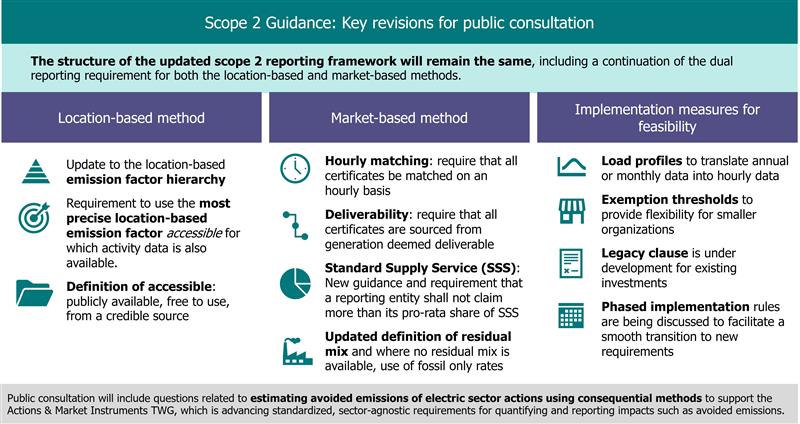Prenatal vitamins deliver folic acid, calcium and other essentials, but they often include lead. The U.S. Food and Drug Administration doesn’t regulate these supplements, so manufacturers and retailers leave families guessing about heavy metal contamination.
That’s why scientists and consumer advocates have backed California’s first-in-the-nation bill that would require companies to test for and disclose the presence of lead, arsenic, cadmium and mercury in pregnancy pills, powders and gummies. Senate Bill 646 passed unanimously Sept. 13 without opposition and moved to the desk of Gov. Gavin Newsom.
If he signs the bill into law, it would take effect in 2027, effectively creating a de facto national standard for supplement makers and retailers, who don’t tailor their products to individual U.S. states.
Bad stuff for babies
The bill tackles the threats heavy metals pose to a mother and fetus during critical windows of development. No amount of lead is considered safe at any age. Exposure to it, as as to arsenic and cadmium, during pregnancy are connected to lower birth weight, body length and head size. Crossing the placenta to an embryo or fetus, these metals can result in lifelong health problems and learning disabilities.
That’s why backers of the bill expressed concerns about half of prenatal vitamins testing positive for trace amounts, in a 2023 study by the U.S. Government Accountability Office. Other tests revealed it in every brand tested.
Business backing …
The only two businesses supporting the prenatal vitamins bill argued that it will build consumer trust, protect the lifelong health of newborns and even provide a competitive business advantage. Vitamin maker Ritual and diaper brand HealthyBaby lobbied for the passage along with nonprofits Consumer Reports Advocacy and the Environmental Working Group.
Testing requirements would level the playing field for businesses and even drive market growth, according to Ritual’s Chief Impact Officer Lindsay Dahl, who in April delivered a statement before the senate.
Ritual has built its identity around sharing the origins of its ingredients, sourced globally from Illinois to Italy. The Culver City, California, company already tests for and discloses heavy metals in its prenatal vitamins. However, Dahl acknowledged the law would add more work for her team.
… and the opposition
The Council for Responsible Nutrition, however, argues that such a law would prevent expectant parents from taking beneficial vitamins. The Washington, D.C., trade group’s more than 180 members include Abbott, Amway, Herbalife, Nature’s Way, Novonesis and Walgreen’s Boots Alliance.
“By forcing manufacturers to release test results to consumers without sufficient explanation, the bill risks convincing pregnant women that prenatal vitamins are unsafe, when the opposite is true,” said the organization’s President and CEO Steve Mister.
“The danger is that women will either avoid supplements altogether or choose products stripped of critical nutrients like calcium, iron, magnesium and zinc simply to show lower heavy-metal numbers.”
That fear is legitimate, according to Katie Bond, partner at Keller & Heckman in Washington, D.C. Prenatal vitamins already reduce heavy metals below trace amounts also allowed in seafood, meeting state and federal limits. “So often when there’s a law targeting something with an ‘ick’ factor, like heavy metals, there are unintended consequences,” she said.
However, Michael Hansen, senior scientist at Consumer Reports, believes the industry takes a dim view of consumer intelligence. “If you want to use that logic, well, maybe you shouldn’t have that or other nutritional information on products, because it might scare people away,” he said.
“Ten years ago there was an industry sentiment of ‘No, don’t go there, because, No. 1, you’re going to scare people,’” Dahl said. “People are already worried about this issue, so why not give them the information that they need, is my philosophy.”
Because it’s impossible to completely eliminate heavy metals in supplements, being transparent about the reasons why has driven trust in Ritual’s customers, she added. Plus, third parties are already sharing unsophisticated product testing results on social media.
“Why not have it be standardized?” Dahl said.
Baby food precedent
The bill follows a similar California law that went into effect in January, regulating toxic metals in baby food.
There’s no evidence those new rules have discouraged purchases by parents, according to Tom Neltner, national director of nonprofit Unleaded Kids. Instead, many companies use the transparency to differentiate their products from competitors, he said. “Why would a prenatal multi-vitamin be different?”
Vitamin brands, which already test their ingredients for potential hazards, appear concerned with the burdens of publishing results, according to Neltner.
To satisfy the baby food law, some companies published test data but blocked it behind obtuse logins, according to Hansen of Consumer Reports. The new prenatal vitamins bill was built to prevent that.
Transparency has created a positive business incentive for Ritual, according to Dahl. “When you have to show your work, suddenly as a company, the importance of trying to find lower contamination suppliers becomes important,” she said.
“It’s different than 20 or 30 years ago,” said Hansen of Consumer Reports. “The far-sighted company directors that run sustainability should be jumping on those things, being on the forefront of giving that information to consumers.”
The post California’s heavy metal disclosure bill puts vitamin brands on notice appeared first on Trellis.

